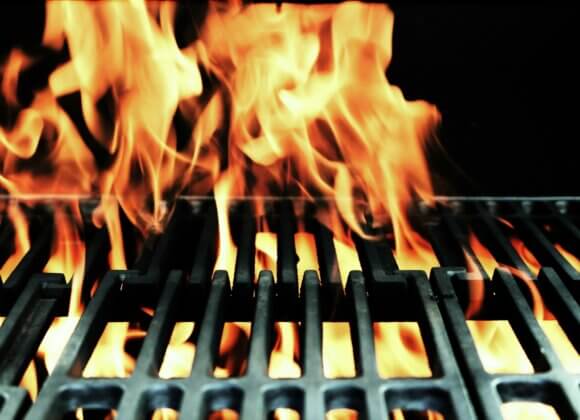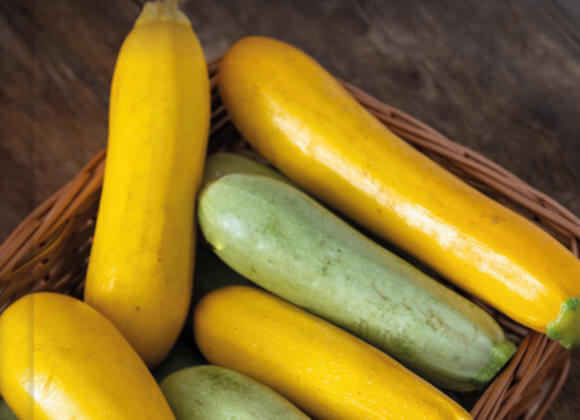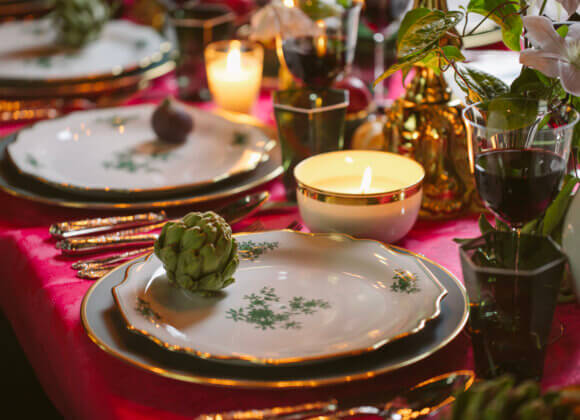It doesn’t always have to be pizza! In fact, its “little sister”, the pinsa, is currently conquering domestic (restaurant) kitchens, and for good reason. Pinsa is a traditional Italian flatbread specialty that originated in the Lazio region, particularly in Rome. The name “pinsa” is derived from the Latin word “pinsere”, which means “to crush” or “to mash” – which also refers to the way the dough is prepared.
The pizza alternative is made from a special flour mix that includes wheat, rice and soy. This unique mixture gives the pizza a special lightness and wholesomeness that differs from conventional pizzas.
How long has the pinsa been around and where does it come from?
The history of pinsa dates back to ancient times. A forerunner of today’s pinsa was already known in ancient Rome and was made from various types of grain. Historical records and depictions show that the Romans prepared a type of flatbread that served as a food base and was often refined with olive oil and herbs.
This method of preparation has evolved over the centuries and found its current form in modern pinsa.
What is the difference between pizza and pinsa?
While pizza has been known and loved around the world for ages, pinsa has gained popularity in recent years – mainly because of its special properties. Here are some key differences:
The dough: Pinsa dough contains a mixture of wheat, rice and soy flour and sometimes sourdough. This combination results in a lighter, airy and easily digestible dough.
Hydration: Pinsa dough has a higher water content (approx. 80%), which makes it particularly soft and moist.
The resting time: The dough, if made with yeast as intended, rests and ferments much longer than the pizza dough (up to 72 hours), which intensifies the flavor and increases digestibility.
The shape: A pinsa typically has an oval shape, while pizza is usually round.
The baking process: the pinsa is baked at lower temperatures and for longer, which keeps it crispy on the outside and soft on the inside.
How long has Pinsa been around in Austria?
Pinsa has also found its way into Austria in recent years. In the last five years in particular, it has established itself on the menus of many Italian restaurants and pizzerias. The increasing demand for lighter and more digestible alternatives to the classic pizza has helped pinsa to grow in popularity.
Two basic recipes for the dough
PINSA WITH LONG PREPARATION TIME (WITH GERM)
Ingredients:
– 500 g Pinsa flour mix (wheat, rice and soy flour)
– 3 g dry yeast
– 400 ml cold water
– 10 g salt
– 10 ml olive oil
Preparation:
– Dissolve the dry yeast in some of the cold water.
– Place the flour in a large bowl and make a well. Gradually add the yeast mixture and the remaining water.
– Knead the dough for about 10 minutes until it is smooth and elastic.
– Add the salt and olive oil and continue kneading until everything is well mixed.
– Cover the dough and leave to rest in the fridge for at least 24 hours, ideally 48 to 72 hours.
– Remove the dough from the fridge and allow it to come to room temperature.
– Divide the dough into portions, shape into oval patties and place on a baking tray lined with baking paper.
– Bake the pinsa in a preheated oven at 250°C for about 10-15 minutes until golden brown and crispy.
PINSA WITH SHORT PREPARATION TIME (WITHOUT GERM)
Ingredients:
– 500 g Pinsa flour mix (wheat, rice and soy flour)
– 400 ml cold water
– 10 g salt
– 10 ml olive oil
– 10 g baking powder
Preparation:
– Place the flour and baking powder in a large bowl and mix well.
– Make a well in the flour and gradually add the cold water.
– Knead the dough for about 10 minutes until it is smooth and elastic.
– Add the salt and olive oil and continue kneading until everything is well mixed.
– Divide the dough immediately into portions, shape into oval flatbreads and place on a baking tray lined with baking paper.
– Bake the pinsa in a preheated oven at 250°C for about 10-15 minutes until golden brown and crispy.
Have you acquired a taste for it? We have picked out two summery pinsa recipes for you – a vegetarian version with grilled zucchinis and eggplants, and a classic one with Parma ham, rocket and burrata. Have fun trying them out!
Related posts:
Mint, basil & co – recipes that taste like summer
Grilling fish the right way – celebrity chef Lukas Nagl reveals how it’s done


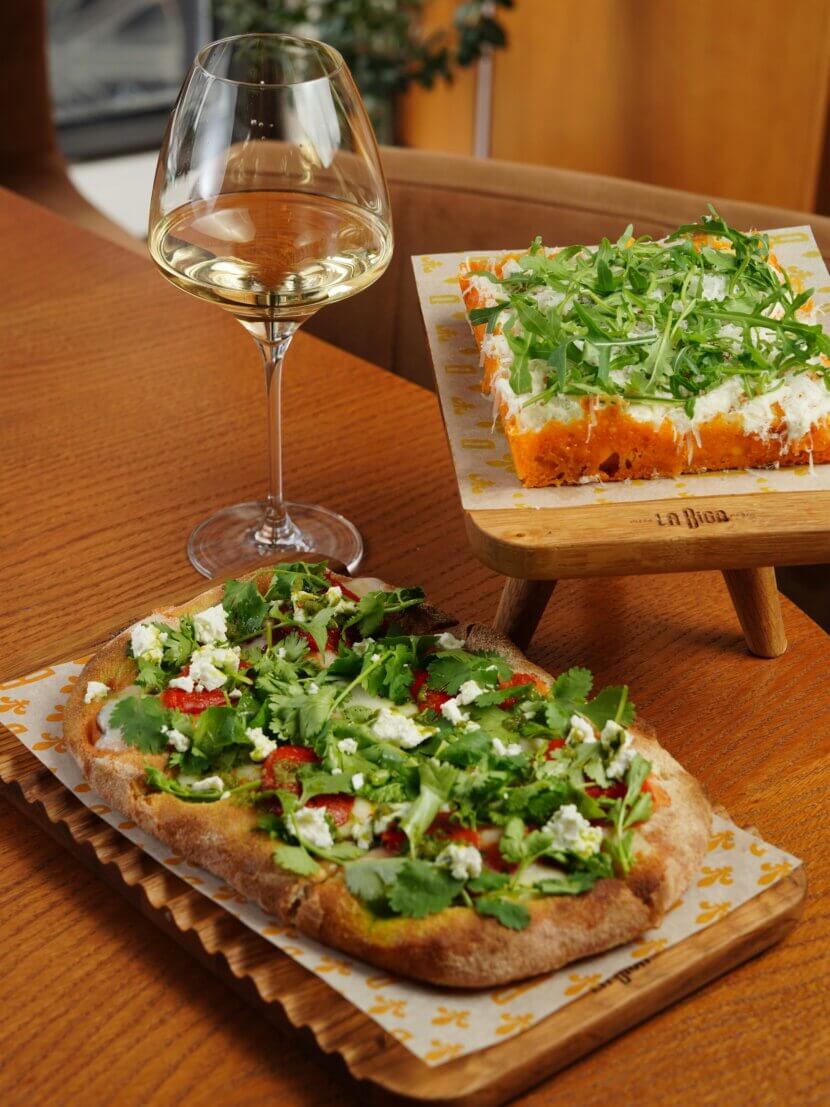
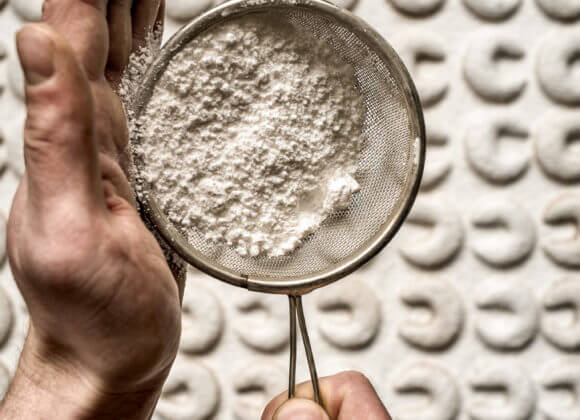
![Home cooking reloaded incl. competition Christoph_Krauli_Held©Monika_Loeff_19285[1]](https://myhome.at/wp-content/uploads/2025/09/Christoph_Krauli_Held©Monika_Loeff_192851-580x420.jpg)

